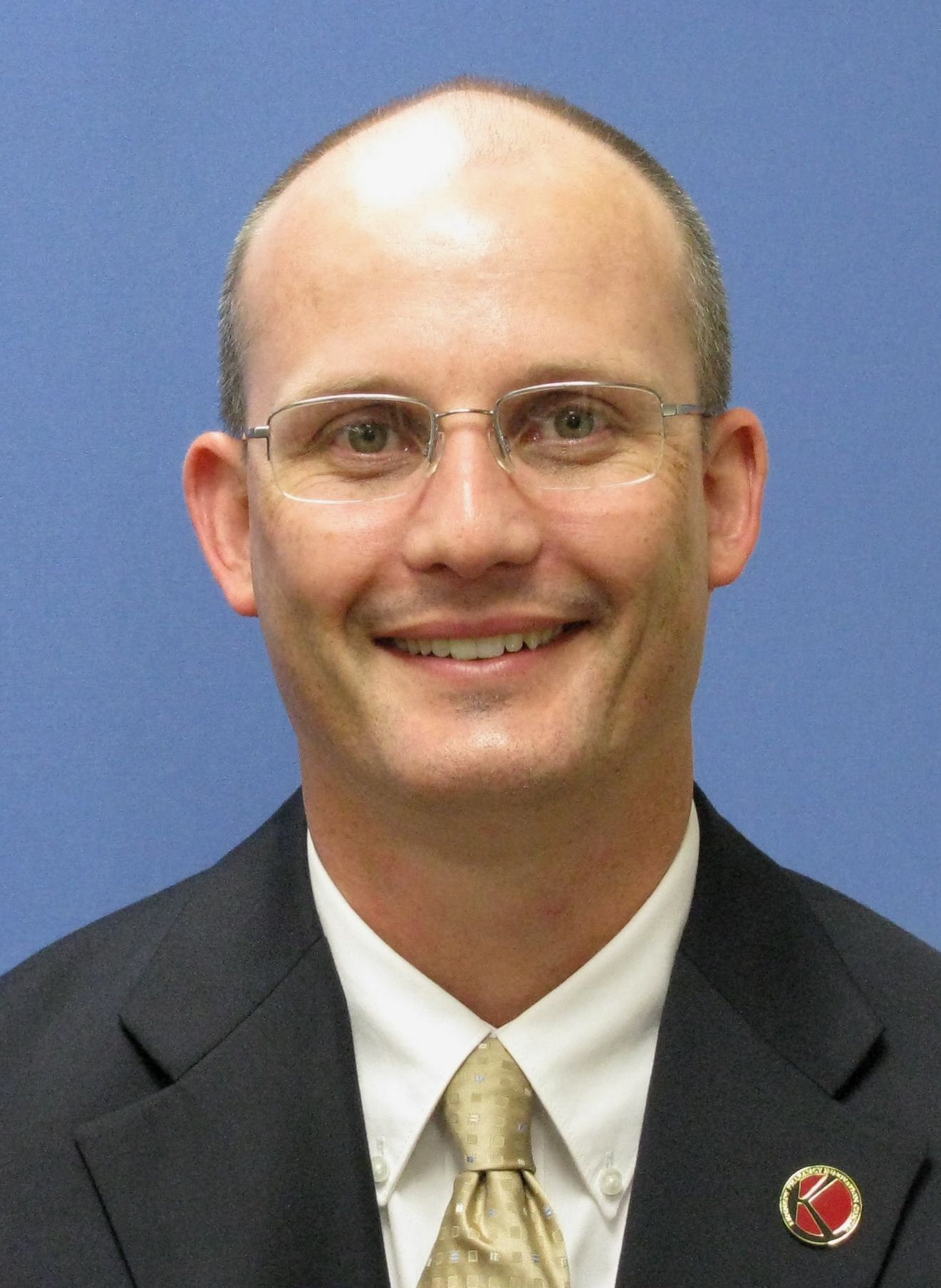When pharmacists partner with physicians, everybody wins
When pharmacists help physicians provide better patient care to patients, it pays off for everyone.
You’ve heard the adage “Physician, heal thyself.” Here’s a new motto for the complex new age of healthcare reform: “Physician, know thy community pharmacist.”

Bryan ZieglerPharmacists benefit when they share in savings granted by payers for better patient care. “You can help physicians, and they can help you, and everybody helps the patient,” said Bryan Ziegler, PharmD, executive director of the Kennedy Pharmacy Innovation Center in Columbia, S.C. “The patient can ultimately win.”
See also: Collaborative practice gains
But the first step is to create the relationship with a physician. It helps that physicians and pharmacists face the same challenges, Ziegler told an audience at the recent meeting of the National Community Pharmacists Association in National Harbor, Md.
For both group, the traditional model - see more patients, get more money - is starting to break down as payers begin to monitor the quality of care and punish those who fail to measure up. “Physicians aren’t really sure what the future looks like,” Ziegler said. “Sounds a lot like community pharmacies.”
See also: You want collaborative practice? Win provider status
As with community pharmacists, not every physician is ready. Over the next three years, Medicare’s payment model will shift from an emphasis on fee-for-service to predominantly value-based payments. In Ziegler’s South Carolina, about 40% of providers are embracing the changes, “while others are just now starting to get in the game, and others are trying to bury their heads in the sand and ignore it in the hope that it goes away.”
Not going away
It won’t go away. The future, said Ziegler, holds plenty of profit potential for physicians and pharmacists who are willing to work together to take advantage of opportunities.
“We are actually making physicians more productive,” Ziegler said of his own company. “Doctors who referred more patients to our pharmacists made more money than their colleagues - 15% more. They saw the same number of patients, but they were able to clear up their schedules so they could see more complex patients, do more care, and see more new patients.”
To move forward, pharmacists first need to understand how the new financial opportunities work.
Payment models
Here are a few of the payment models now in use:
• Pay for performance. Clinicians receive incentives when patients meet goals in areas such as blood pressure and smoking cessation.
• Shared savings. Clinicians who help payers save money on patient care receive a share of the savings. Essentially, it’s a “save money and we’ll give you some” approach, Ziegler said.
• Bundled payments. Healthcare facilities or providers (or both) get a lump sum to cover care for a condition or procedure. The goal is to coax providers and facilities into doing more to avoid preventable and expensive complications. If care is substandard, providers will be hurt financially.
Pharmacists’ role
Pharmacists can become part of the picture when they help physicians make more money through the payment systems, Ziegler said. “That’s where we fit in. We provide a service that the doctor bills for, and we have a contractual relationship with them where they share the revenue with us. This is a constant stream of revenue once you get it started.”
Medicare, for example, pays for annual wellness visits at no cost to patients, but many patients and physicians aren’t aware that the benefit exists. Since they don’t have provider status, pharmacists can’t offer the visits themselves. However, there’s an exception if pharmacists are under the direct supervision of a physician.
Pharmacists can also seek partnerships with physicians in areas such as smoking cessation and obesity. While the lack of provider status poses reimbursement challenges, pharmacists can ask physicians to refer patients to them for cash-based services. Or pharmacists may contract with physicians to provide these kinds of services in the physician offices.
Chronic care management is another area where physicians and pharmacists can work together, and a new program that began this year focuses on just this kind of care.
Where to begin? Ziegler suggests that pharmacists use resources such as Medicare directories and their own data to find physicians with the appropriate patients and payment models. Then they should call the physicians and ask them to lunch.
The message to the physicians, Ziegler said, should be a simple one: “We’re both going through this painful experience together. But I can help you, and you can help me.”
Randy Dotinga is a medical writer based in San Diego.